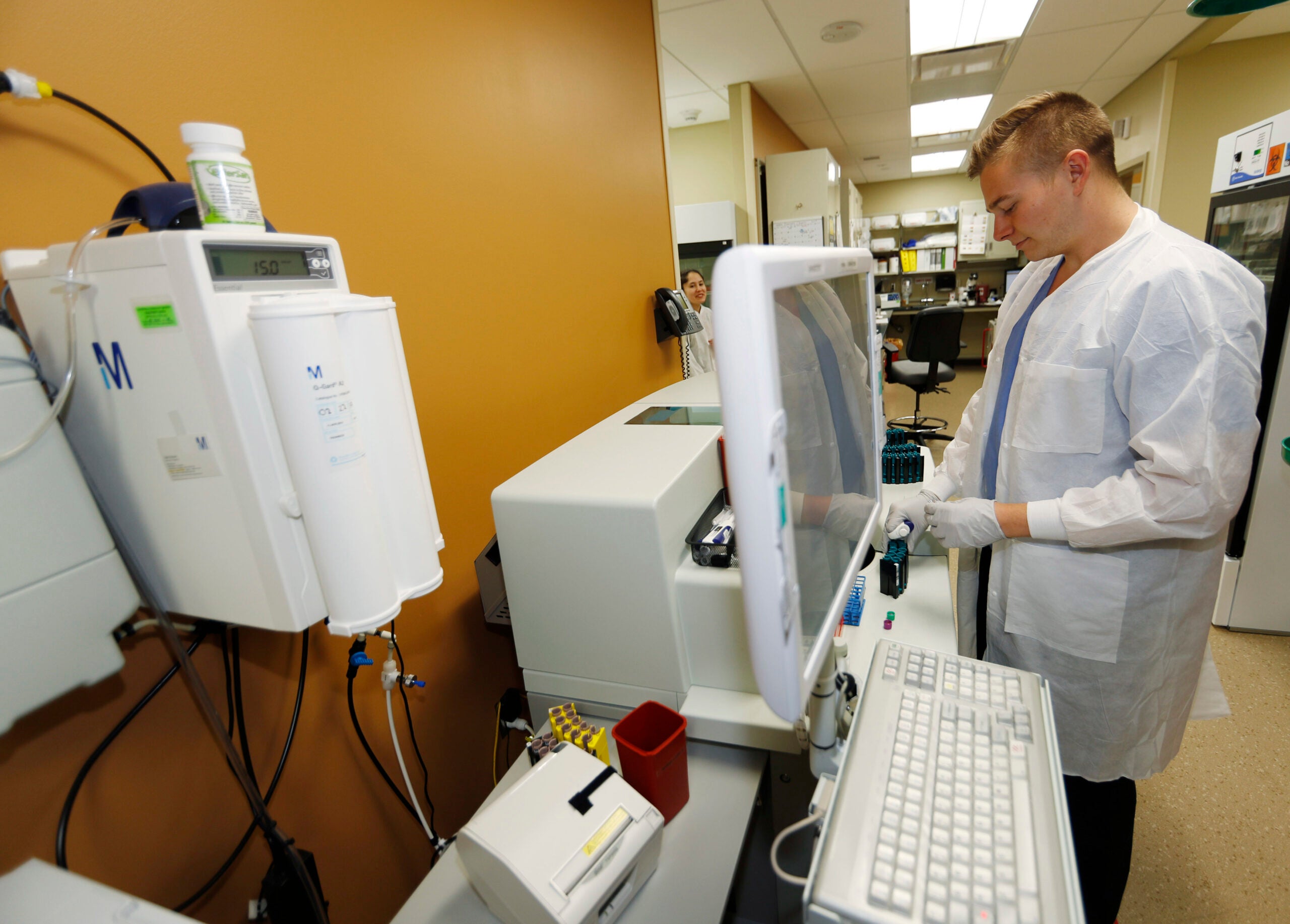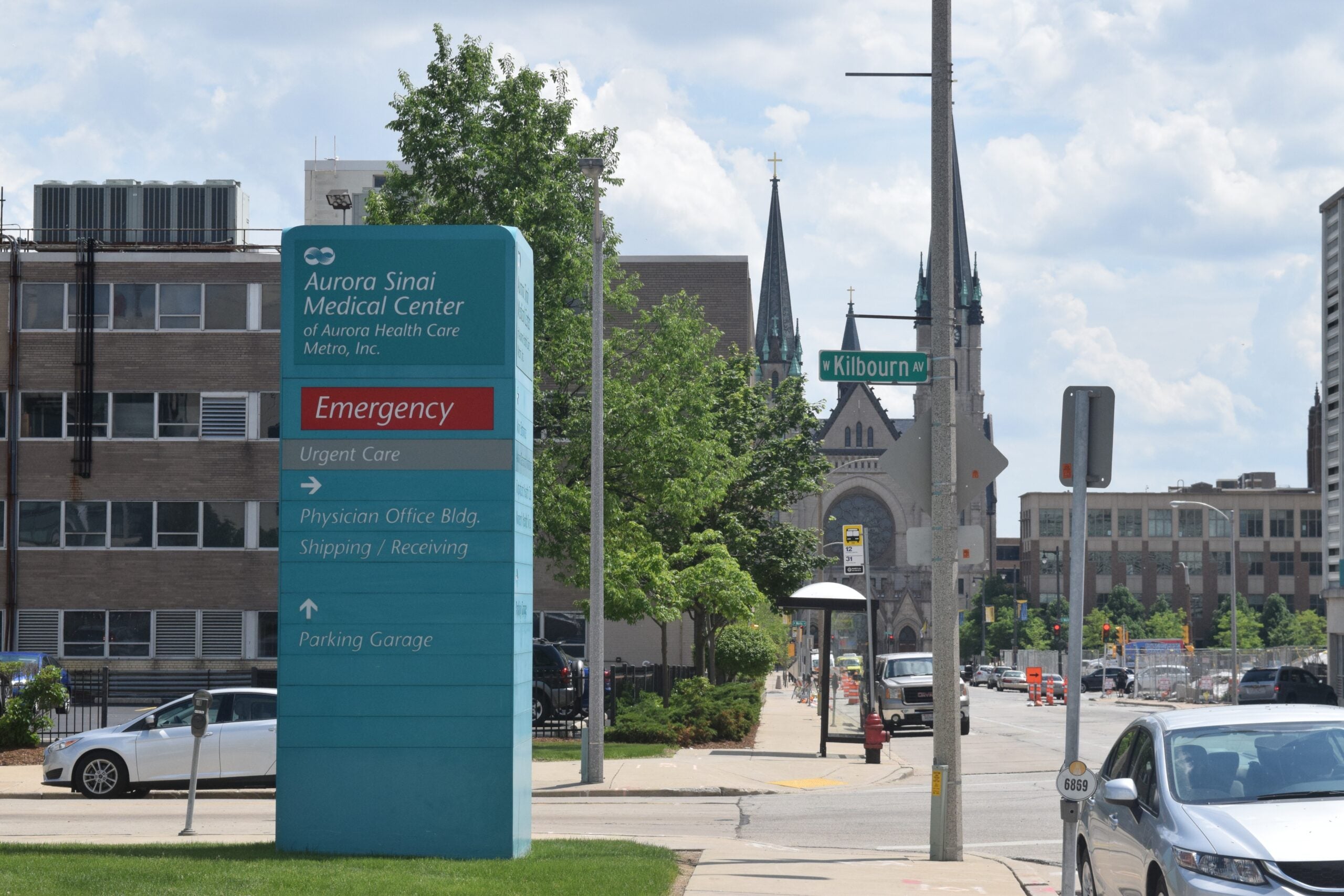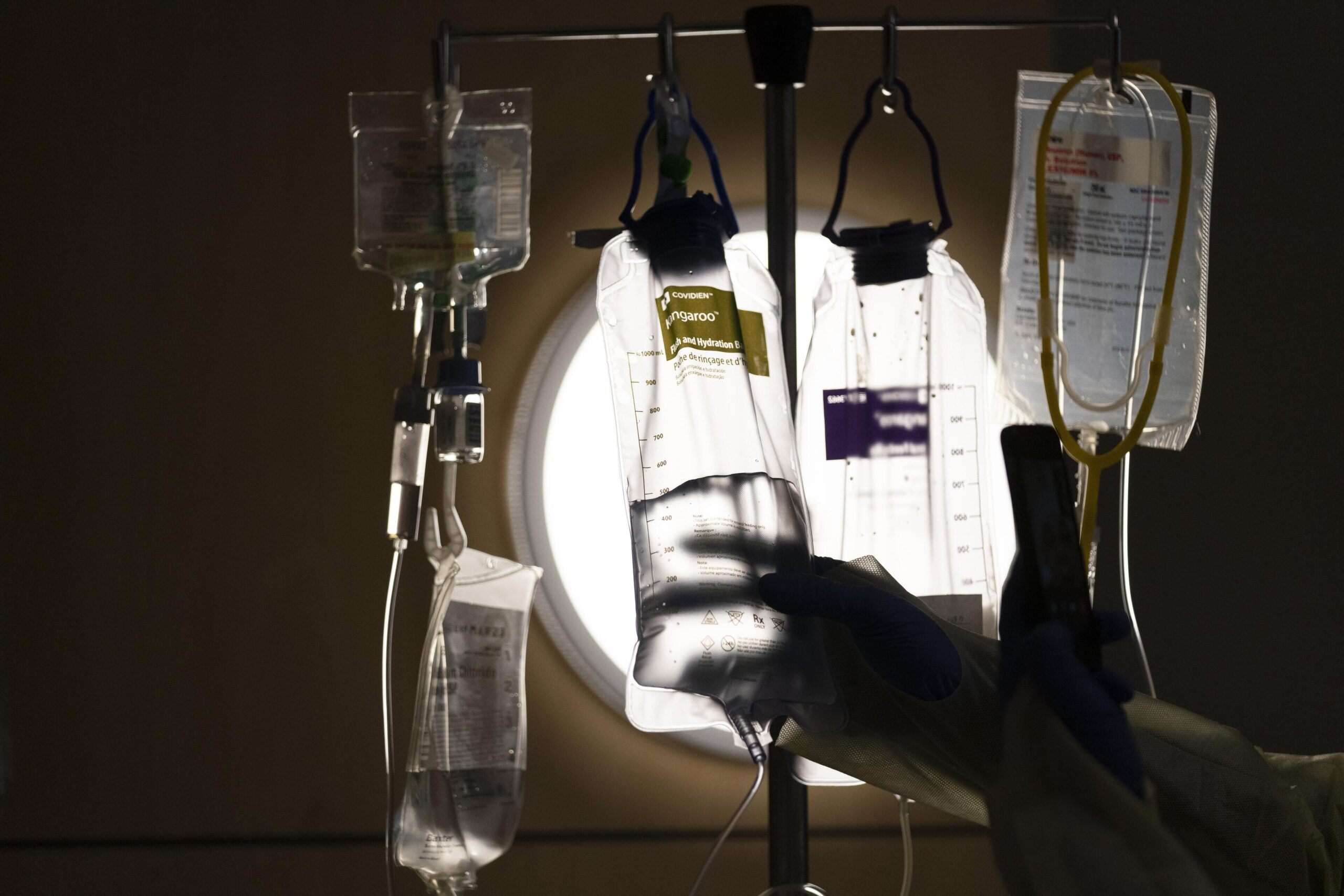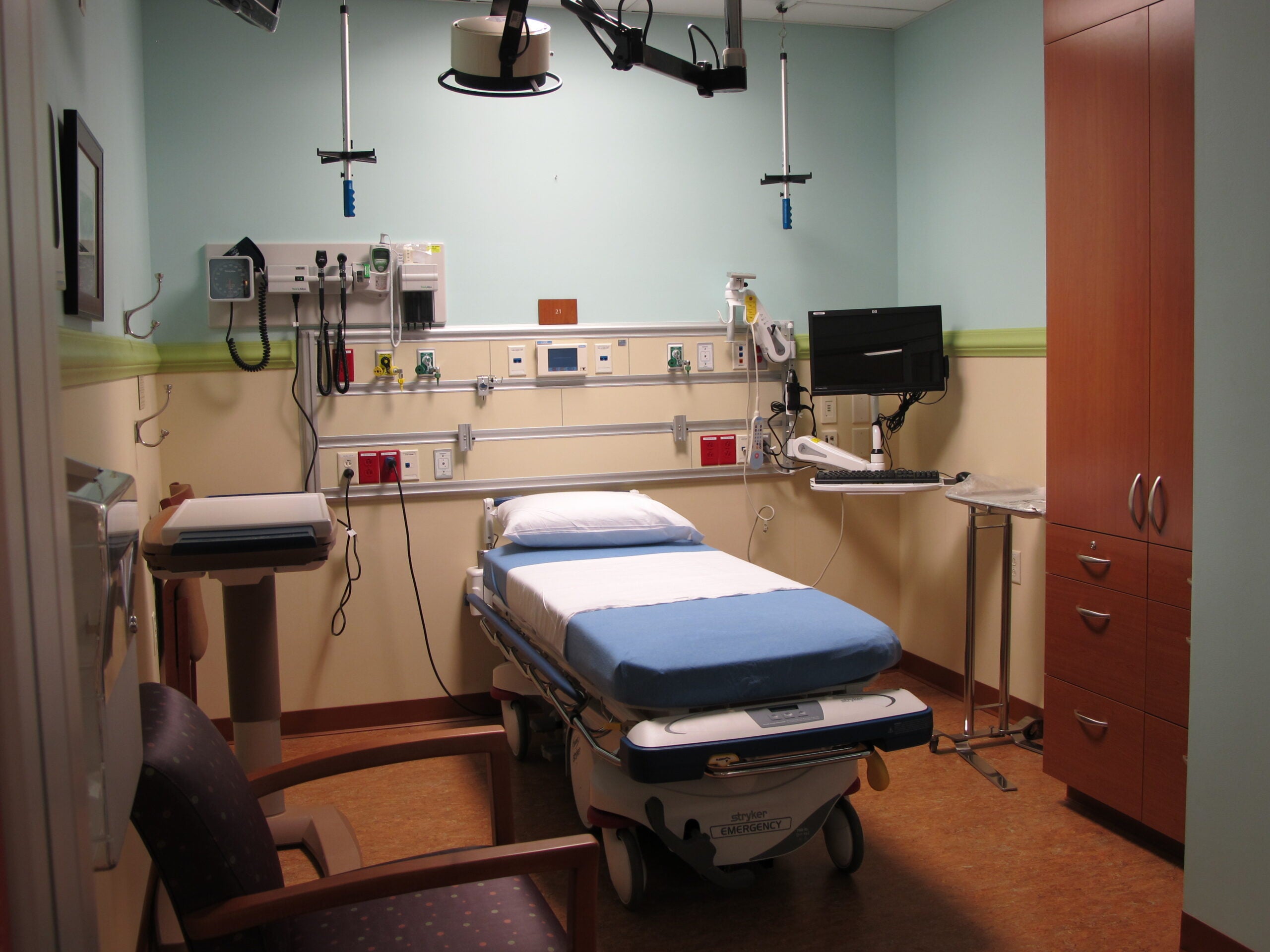Uncompensated care is on the rise as hospitals in Wisconsin and around the country are seeing an increase in unpaid medical bills. In Wisconsin, it’s topped a billion dollars.
Hospitals are required by law to report uncompensated health care information on an annual basis. In 2017, 150 hospitals in Wisconsin had $1.1 billion of uncompensated health care services, this includes both charity care and bad debt. It’s an increase from 14 percent from 2016.
Hospitals in Milwaukee County alone accounted for nearly 30 percent of the overall total, according to the Wisconsin Hospital Association report.
Stay informed on the latest news
Sign up for WPR’s email newsletter.
Nationally, uncompensated care at hospitals around the United States was more than $38 billion in 2016.
The report on Wisconsin hospitals doesn’t give an explanation for the rise in unpaid medical bills and WHA officials weren’t available for comment. But those who advocate for more access to health coverage note uncompensated care levels haven’t exceeded a billion dollars since 2014, when key elements of the Affordable Care Act took effect.
“The ACA, although imperfect, provided new coverage for people that dramatically reduced uncompensated care in Wisconsin from 2013 to ’15,” said Bobby Peterson, executive director of ABC for Health, a Wisconsin-based, nonprofit law firm. “Sadly, those trends reversed from 2015 to ’17 due to myopic policy decisions from the Trump administration and our own state Capitol, segmenting insurance markets and exacerbating health care costs.”
Wisconsin and other states are trying to lower premium costs for those buying their own insurance by subsidizing high cost medical claims. The $200 million reinsurance program will be paid for with a mix of federal and state dollars. Critics say this might lower insurance costs for some but doesn’t address other reasons people can’t afford medical care.
The number of uninsured people has dropped in all states following the ACA, according to a report from the Commonwealth Fund. In Wisconsin, the report said the number of people ages 19 to 64 without insurance fell from 13 percent in 2013 down to 7 percent in 2016.
In 2014, provisions to increase health coverage took effect. States began expanding Medicaid and the federal government provided subsidies to help people buy private insurance on the ACA marketplace.
Wisconsin Public Radio, © Copyright 2025, Board of Regents of the University of Wisconsin System and Wisconsin Educational Communications Board.





